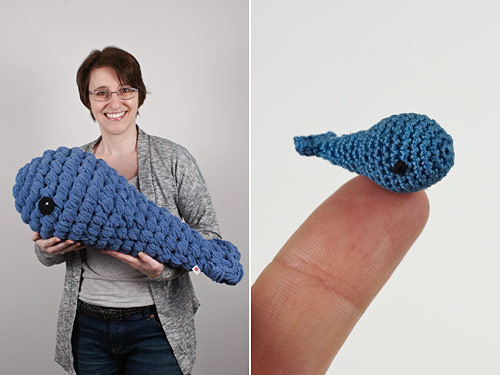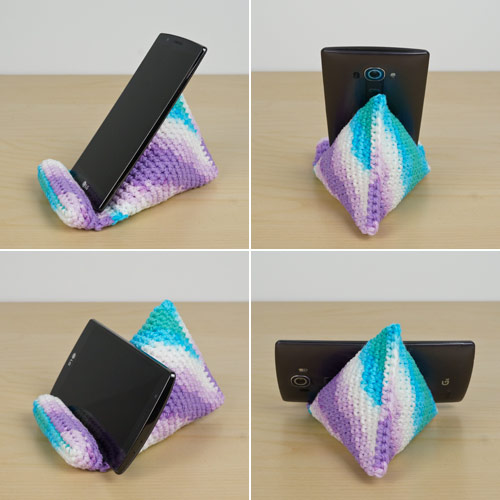
I’m often asked how to scale one of my amigurumi patterns up or down by a specific amount. It’s hard to answer that without relevant data, so that means it’s time for another crochet experiment – yay! Want to skip straight to the results? Jump straight to the Scaling Amigurumi to Any Size tutorial. Method […]

















